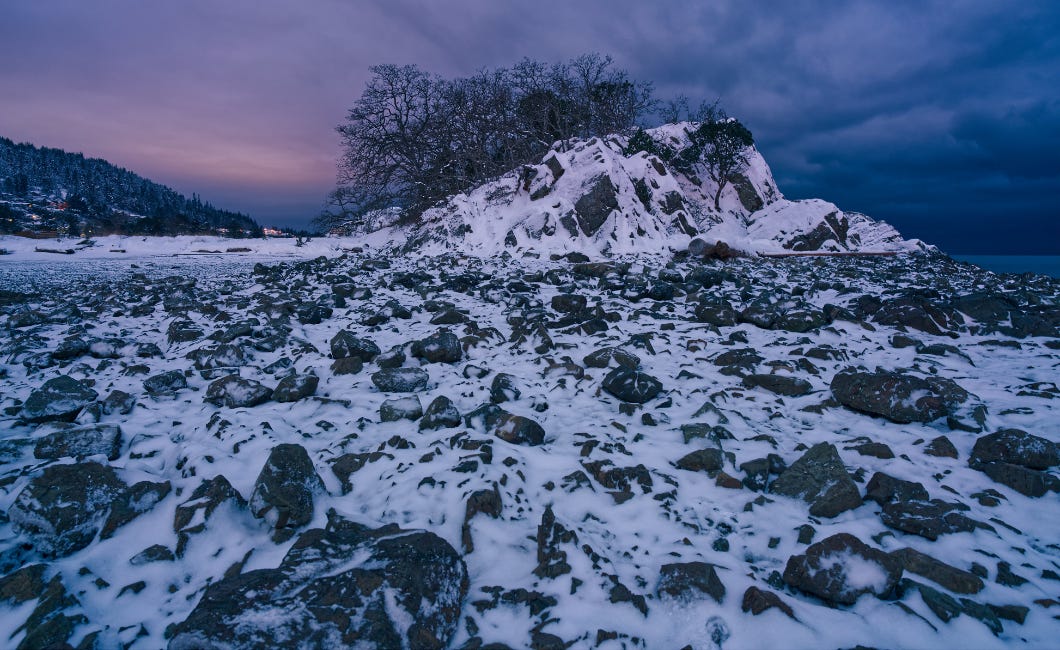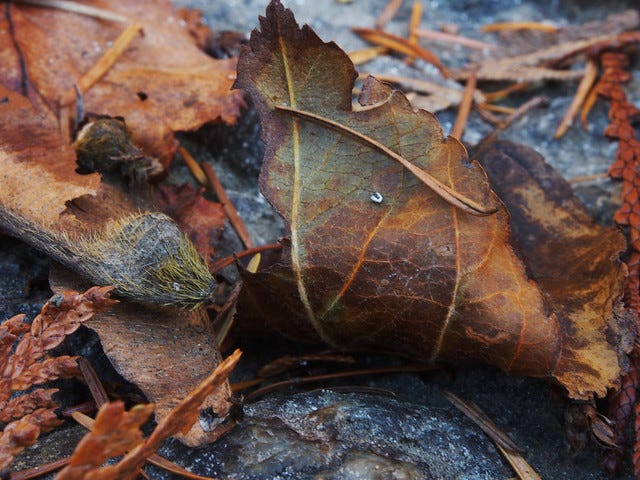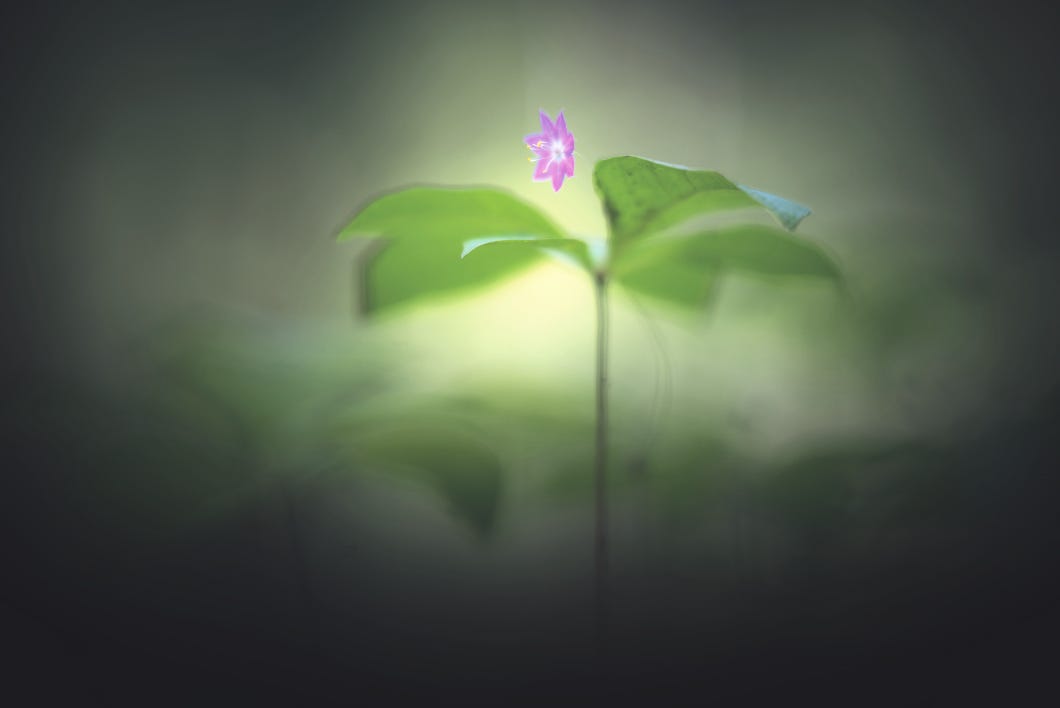Wabi Sabi as a Principle
Thoughts on Rumi Kobayashi's Video on Wabi Sabi
Rumi Kobayashi in her post, What is Wabi Sabi really? says, “Objects made by the aesthetic principles of Wabi Sabi is a craftsperson’s relentless inward seeking (the wretched -Wabi) and the aloneness (Sabi) that this requires so that they bring them themselves closer to something that is bigger than themselves.” She explains that it is not just an object’s imperfection that makes it wabi sabi, it is the state of the artisan’s mind and their inner discipline that, when in the right state, creates something that reflect the perfect patterns of nature. She explains that the ego can hinder the creation of a beautiful object.
This short video is extremely well done, packing a lot into a short format. I found it inspiring, because I don’t think I have found anyone expressing this aspect of wabi sabi before, at least not this specifically.
I see wabi sabi in much the same way, and have written extensively about the role of sabi in changing our perspective, see the following three links:
A Definition of Sabi
Sabi is a shortened form of the word Sabishi (alternately sabishii). Donald Richie in A Tractate On Japanese Aesthetics states that the etymological roots of Sabishi are derived from the verb sabu (to wane) and the noun susabi (desolation) and generally refer to objects that are lean, lonely, or withered. Someone living alone in a hovel without heat or …
Sabi is the Bedrock of Zen
John G. Rudy in his book, "Wordsworth and the Zen Mind" says sabi is the bedrock of Zen enlightenment. Here is the full quote:
I endorse the idea of moving the ego out of the way of sensitive creation and expression, and am attempting in my own life to do this. I believe it is a lifelong process and echoes Basho’s idea of the journey itself being home. on this journey we are always seeking to let go of our intentions so that we can let the arrow shoot itself, or let the poem write itself, but these are secondary aspects of any work, they are when the mind seeks to touch those natural patterns that Rumi references and reflect them through the body and mind into the work of art.
I notice this most often as a photographer because in photography the goal is to see better and then capture what is seen in an artful way. In writing it is a bit different. There is of course the whole process of learning to read, learning to write, learning to type, etc. and then there is the work to uncover what it is that wants to be written. As you write, you notice competing voices in your mind, the flow of ideas and the critic, the creation of poetic statements and the editorial recommendations.
Keeping in mind the idea of connecting to a higher or bigger reality or patterning is a very good discipline and will, I firmly believe, contribute to a more authentic end product.





